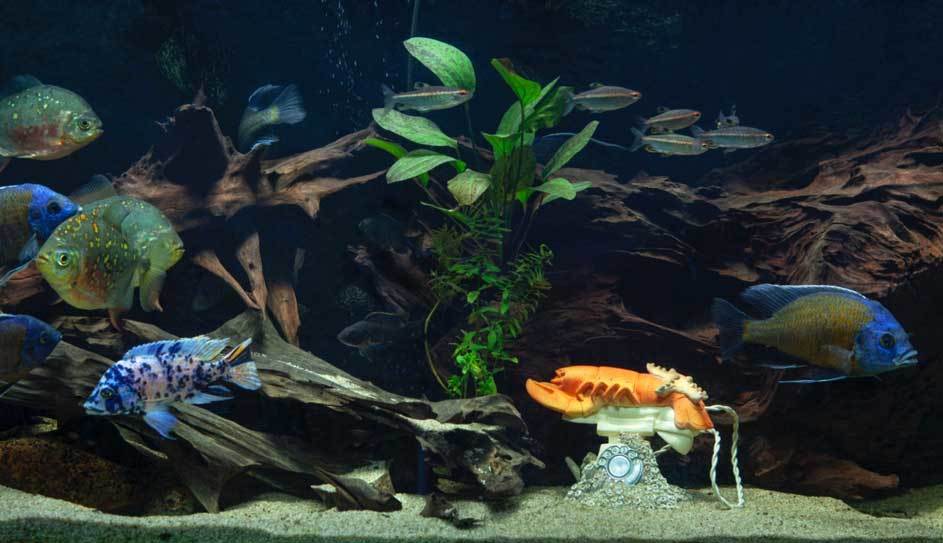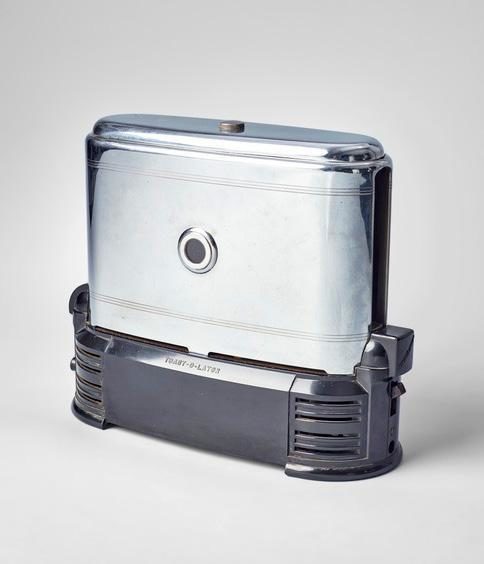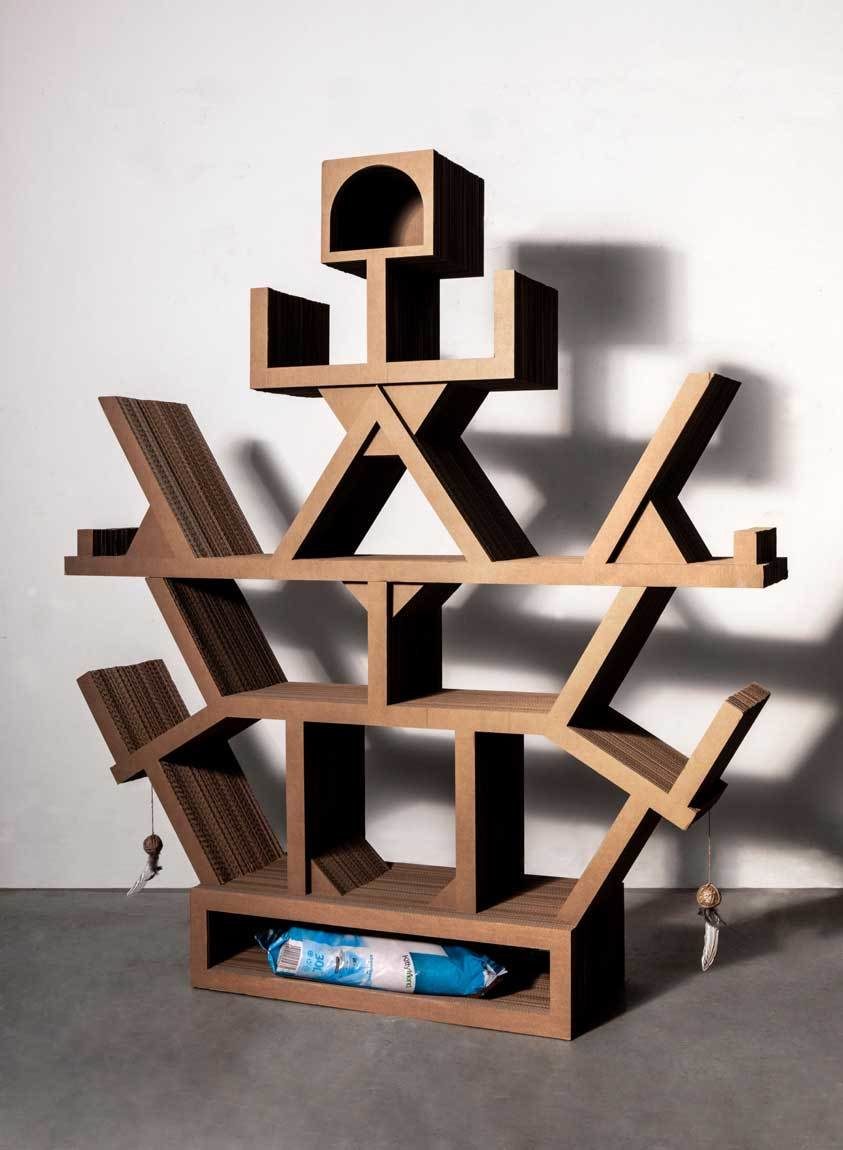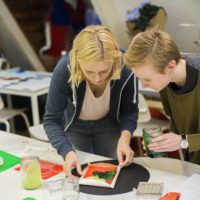‘As a designer, you should not turn your nose up at the pet shop on the corner’
Original text: Merel Kamp
Translation: Irene de Craen
For whom and by whom is culture produced? This question, which was already asked by art critics such as William Morris and John Ruskin in the 19th century, is central to the work of designer, critic and Master Industrial Design (MID) teacher Bas van Beek.
'Art academies train people to make things for wealthy people', says van Beek, 'and the majority of our cultural heritage never leaves the museum (depot). Is that how we want to treat our cultural products?'
With the Op-Zuid collection, a recent project in collaboration with Boijmans van Beuningen, Van Beek shows that things can be done differently. Van Beek designed aquarium figurines and a cat scratching post for pet specialty store Pretoria in the Afrikaanderbuurt in Rotterdam.
His designs are an amalgamation of quotes from the collection of the Boijmans – which has been closed for renovation for ten years. For example, the scratching post (see above) goes back to a design by the Italian artist Ettore Sottsass.
By translating pieces from the museum collection into everyday objects, Van Beek wants to make cultural heritage accessible to the community and free it from the one-sided appropriation by the privileged museum visitor – the average museum visitor is female, white, highly educated, over 60 and has no disabilities. 'I hope people accidentally buy an aquarium figurine when they buy their first goldfish,' says Van Beek.

And they can, because the figurines cost around 30 Euros. Van Beek, an outspoken anti-neo-liberal, likes to democratize culture – a method he also passes on to his students. 'Within the art world, cultural value is equated with financial value. But what has more cultural value: a very expensive one-off stool purchased by a wealthy man at Art Basel for the hall of his fifth house, or an aquarium figurine that the average inhabitant of Rotterdam's Afrikaanderbuurt can afford?’
Ironically, Van Beek's critique of the cultural in-crowd and the complacency of artists and designers is widely recognized in those circles. After very well-received collaborations and exhibitions with institutions such as the Boijmans, the Van Abbemuseum and the Stedelijk Museum Amsterdam, an exhibition at the Wolfsonian in Miami will soon open, for which Van Beek has created new work based on their extensive collection.
'I don't think it's all that radical what I'm doing,' says Van Beek. For him, there is no distinction between so-called high and low culture.
'As a designer, you primarily work for society, not for curators and rich people. Everyone is talking about diversity in museums now, but then you are still in the museum.'
Pet store Pretoria takes orders by phone: 010 485 3900
"Archiploitation" at MID
Case study: objects from the collection of the Wolfsonian
Van Beek teaches his method, which he himself calls "archiploitation," also to the students of MID. Last semester they chose an object from the collection of the Wolfsonian in Miami, USA. Using existing drawings of these objects or measurements that the students of Florida International University Miami could give them, the students reconstructed these objects in a 3D CAD programme. From there, they extrapolated the objects: "The aesthetics of the original object are then transplanted to another, new object," says van Beek, "from a pipe to a Ferris wheel and from a projector to a monowheel."
Original object:


